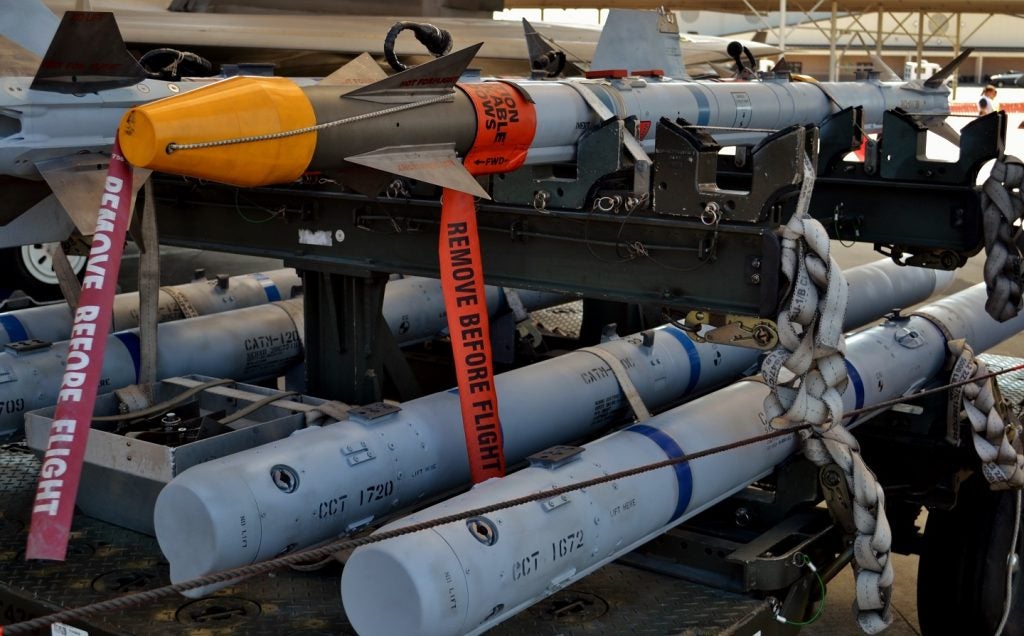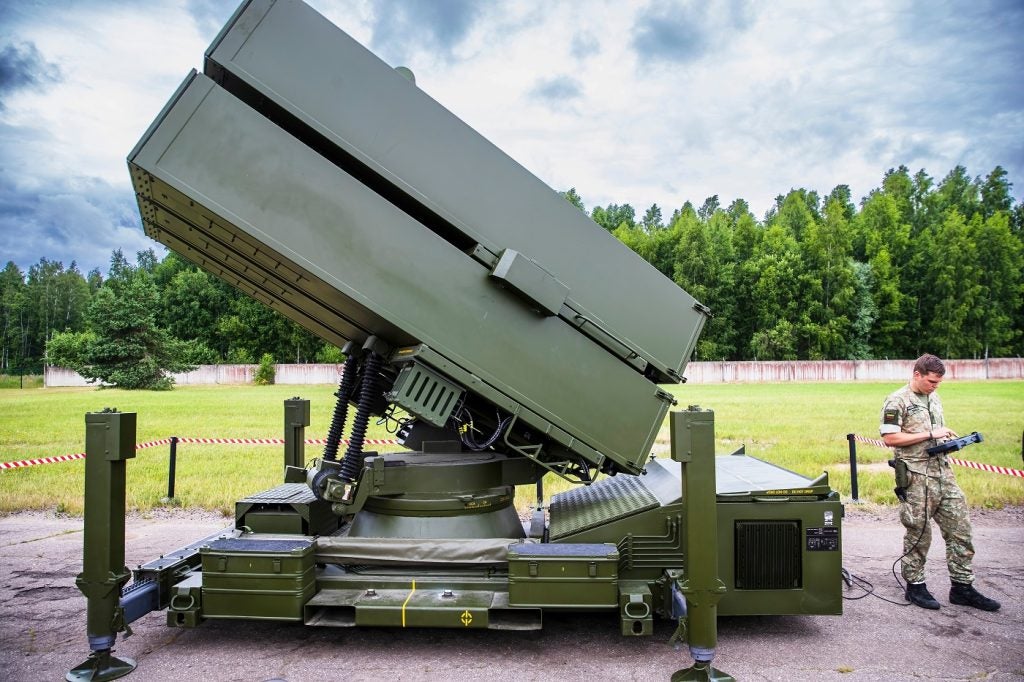
In light of Spain’s plans to upgrade and acquire more NASAMS platforms, we highlight these systems’ continued relevance and adaptability in addressing security challenges.
NASAMS is a medium-range ground-based air defence system capable of firing a wide range of munitions, as per GlobalData’s intelligence on the Norwegian defence market.
Collaborative initiatives between Norway’s Ministry of Defence, Raytheon, and Kongsberg have sought to enhance the platform’s mobility and operational flexibility.
Recent investments, such as Norway’s approximately Nkr941m ($88.4m) in NASAMS production, signify a concerted effort to expedite delivery times and address production challenges as demand rises.
Wilson Jones, an aerospace, defence, and security analyst at GlobalData, outlines the factors that have contributed to the system’s global reach: “NASAMS is a short—and medium-range air defence system based around networked defences, where rather than one central site, there are dozens of decentralised batteries in a region working together. This makes it much harder for an enemy to strike and eliminate friendly NASAMS batteries.”
Norwegian NASAMS developments
Norway’s commitment to enhancing its air defence capabilities is evident through its collaboration with Kongsberg Defence & Aerospace and Raytheon in advancing the National Advanced Surface-to-Air Missile System.
How well do you really know your competitors?
Access the most comprehensive Company Profiles on the market, powered by GlobalData. Save hours of research. Gain competitive edge.

Thank you!
Your download email will arrive shortly
Not ready to buy yet? Download a free sample
We are confident about the unique quality of our Company Profiles. However, we want you to make the most beneficial decision for your business, so we offer a free sample that you can download by submitting the below form
By GlobalDataContracts such as the one awarded in November 2019 showed Norway’s intent to invest in NASAMS.
Collaborative initiatives between Norway’s Ministry of Defence, Raytheon, and Kongsberg have sought to enhance NASAMS mobility and operational flexibility. The project was announced in October 2023.
Through collaborations with industry players such as Kongsberg and Raytheon, Norway is poised to maintain an adaptive air defence posture for itself and its allies, ensuring readiness in an increasingly uncertain global landscape.
European investment in NASAMS for collective defence
European procurement of NASAMS air defence systems has seen significant activity in recent years, reflecting a broader trend towards bolstering air defence capabilities across the continent.
Wilson Jones continued to highlight the factors that have contributed to the adoption of the system: “They fire a wide range of missiles, especially Sidewinders and AMRAAMs. They have a range of up to 50km with the latest upgrades and require a crew of two for $285m, making it a very attractive package.
Kongsberg has historically been very good with delivery timetables. The popularity of NASAMS and increasing orders have increased backlogs. They are making investments to address this, though.”
Finland, all the way back in 2013, awarded a $460m contract to Kongsberg for NASAMS II systems to replace its ageing Russian-made missile systems.
One use case for implementing the NASAMS system in European defence is exemplified by Spain actively deploying NASAMS units under Nato command to bolster Nato’s eastern flank, with readiness exercises in Latvia and deployments to Estonia.
European nations actively invest in NASAMS and related systems to fortify their air defence capabilities and contribute to broader collective defence efforts within Nato.

Collaborative efforts to support Ukraine’s air defence
NASAMS has been a critical element of Ukraine’s air and missile defence network, with more than 100 Russian drones and missiles reportedly being destroyed by NASAMS since its deployment, according to GlobalData’s Thematic Intelligence: Missile Defense report.
The United States, Norway, and Lithuania have supplied National Advanced Surface-to-Air Missile Systems (NASAMS) to bolster Ukraine’s air defence capabilities.
In cooperation with the US, Norway further strengthened Ukraine’s defensive capabilities by delivering two NASAMS firing units in March 2023. Furthermore, Norway doubled its contribution to Ukraine’s air defence by donating additional NASAMS systems worth $31.7m in December 2023. This donation was from Norway’s defence stocks.
Additionally, Lithuania contributed to Ukraine’s air defence by purchasing two NASAMS launchers from Kongsberg in June 2023, further enhancing the country’s ability to counter missile attacks and aerial threats.
The supply of NASAMS to Ukraine and ongoing developments in cooperation between the US, Norway, and Lithuania reflect a concerted effort to improve Ukraine’s air defence capabilities and enhance its ability to protect its citizens and infrastructure against airborne threats.

The rationale behind international procurements
NASAMS has also been supplied to US allies in Asia and the Middle East, in addition to Ukraine. Due to the priority afforded to Ukrainian deliveries, supply chain issues have complicated deliveries. Future recipient Taiwan is not expected to receive its NASAMS units until 2024 at the earliest, so GlobalData’s thematic intelligence on missile defence continues.
In March 2019, the Australian Government approved the procurement of NASAMS components as part of the Land 19 Phase 7B programme for the army. The system replaced the existing short-range air defence capability and serves as the principal air defence weapon for the Australian Army.
Two years later, the US Defense Security Cooperation Agency (DSCA) notified Congress of a potential foreign military sale (FMS) of air and missile defence systems to Kuwait valued at approximately $3bn. The proposed sale included the NASAMS system. The acquisition aims to enhance Kuwait’s capability to counter existing and future threats.
These procurement efforts reflect a global trend towards investing in air defence systems, such as the NASAMS system, to safeguard against threats and enhance national security.



